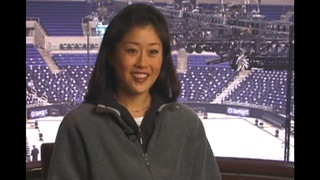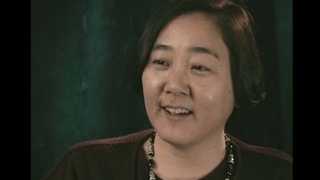Interviews
Hapa as his primary identity
I was born in ’65, I was born two years before the laws went off the books about anti-miscegenation. I was 35 years old before the Census allowed me, for the first time, to check more than one box—that’s ridiculous! Every job application, every school questionnaire was always “pick one” or they give you that “Other” box and ask you to explain. Me and my parents would always write “No! We’re not going to explain!” And to me, it’s like having to choose to be Chinese or “white” as a kid was always this thing like well, it’s like choosing Mom or Dad, and “I guess I like Dad today, and I’ll be white.”
So what happened was, I was told about the word Hapa when I was about four or five. My friends, my cousins from Alhambra, it’s like “Well, you’re Hapa” because they were going to this entirely Chinese American school. “You’re Hapa.” “Okay.” And I didn’t ever really think about it, it was never a big deal to me until I started living in Hawai`i and it’s such a different—it’s such a non-issue in Hawai`i and the awareness is so much greater that I’ll be playing pick-up basketball and people will just say “Hey hapa haole!” you know, they just call you by “Hey, popolo!” It’s just—aware. And so, for me, Hapa was always something that, it just feels like it’s something that makes sense for me. I didn’t like “Amerasian”. I am Asian American, certainly, but I think I’m Hapa first.
Date: May 3, 2006
Location: California, US
Interviewer: Jim Bower
Contributed by: Watase Media Arts Center, Japanese American National Museum.
Explore More Videos

Different tension between East Coast and Los Angeles
Japanese American Creative designer living in Japan

Differences between American and Japanese taiko
(b.1943) Shin-issei grand master of taiko; founded San Francisco Taiko Dojo in 1968.

Meeting Japanese Americans from the mainland in MIS
(1923-2011) Lawyer, MIS veteran, founder of Francis and Sarah Sogi Foundation


Sudden acceptance in Japanese society
(b. 1967) Hawai`i-born professional fighter in Japan

Ring name: "Yamato Damashi"
(b. 1967) Hawai`i-born professional fighter in Japan


Citizenship and identity
(b. 1967) Hawai`i-born professional fighter in Japan

Importance of self-representation in legislation
(1927-2010) Political Activist

Defining the term Nikkei
(1923-2011) Lawyer, MIS veteran, founder of Francis and Sarah Sogi Foundation


Support from the Japanese American community
(b.1971) Professional figure skater and Olympic gold medalist.

Heightened awareness of identity as a Japanese American
(b. 1955) Lawyer

Reasons for conformity and competitiveness in Gardena, California
(b. 1946) Lawyer

